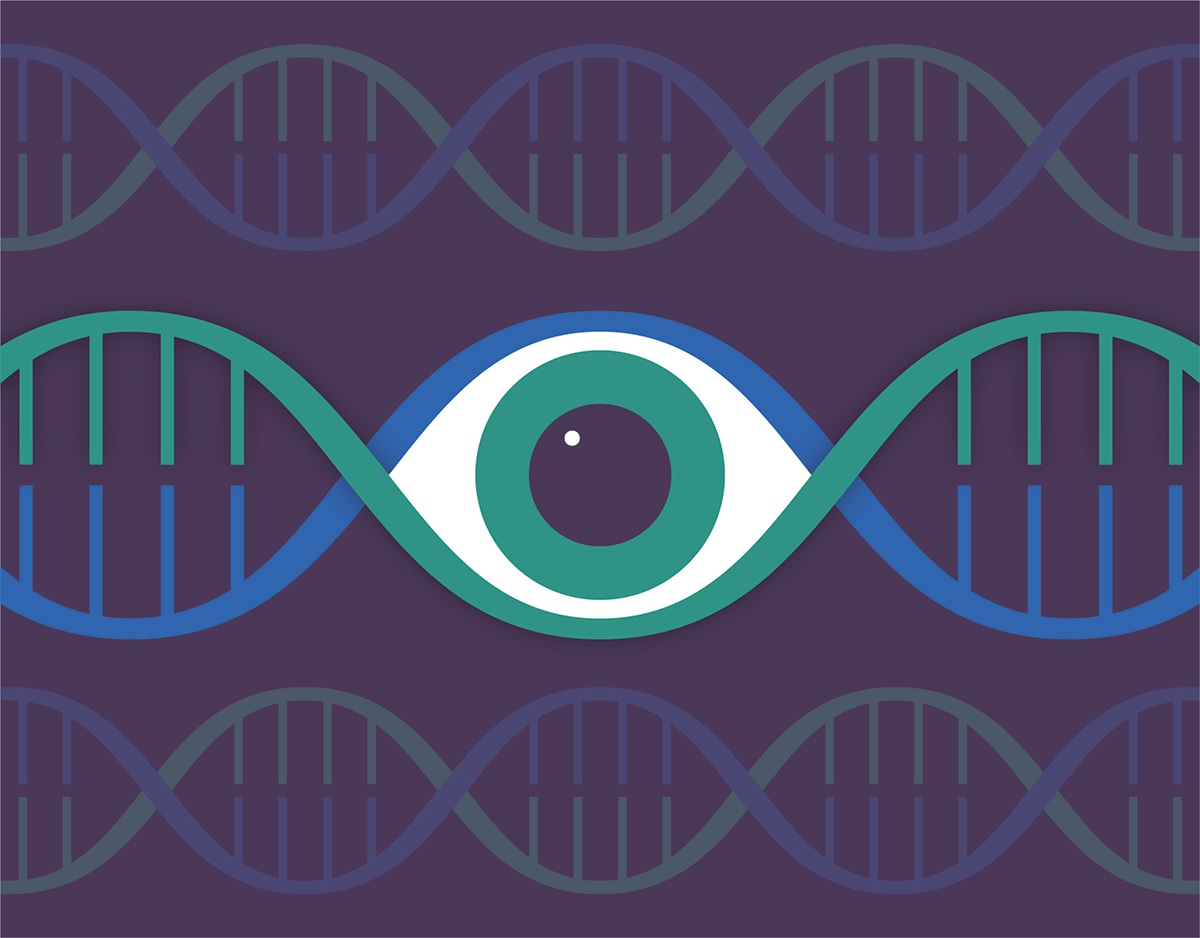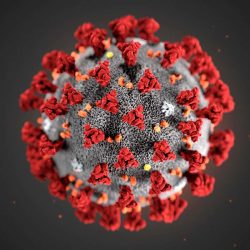Gene Editing Therapy Will Treat Blindness
A UW project offers hope for two hereditary diseases.

The project will merge new drug delivery systems with advanced genome CRISPR technology. Illustration by Danielle Lawry
With support from the National Institutes of Health, a team of researchers at the Wisconsin Institute for Discovery will lead drug therapeutics testing for two diseases known to cause blindness.
Over the next five years, the collaborative project will merge new drug delivery systems with advanced genome CRISPR technology, seeking treatments for Best disease and Leber congenital amaurosis, both of which are currently untreatable hereditary diseases.
The researchers decided to focus on the eye as their starting point because it is self-contained, isolated from other organs, accessible, and easy to monitor. It also has a low likelihood of adverse immune reactions.
“Leber congenital amaurosis affects children and their entire vision, and Best disease affects older individuals’ central vision,” says David Gamm, UW ophthalmology professor and director of the McPherson Eye Research Institute. “By targeting these two diseases, we can gain a broader perspective on the effectiveness of our gene editing therapeutics.”
Krishanu Saha, an associate professor of biomedical engineering at the Wisconsin Institute for Discovery, views this grant as a crucial step toward advancing gene editing therapy and drug development on campus.
“The genome editing piece of it is a game changer,” Saha says. “The opportunity to execute it in a safe and meaningful way for patients would be a nice fulfillment of why we do the work and why it’s publicly funded.”
Genome editing involves splicing or cutting DNA at a specific spot or inserting a DNA template that replaces the cut site. This can correct disease-causing mutations by eliminating or replacing the mutated sequence.
Developing a safe and efficient delivery system for the CRISPR genome editor is an essential part of this project. Shaoqin Gong, UW professor of ophthalmology and visual sciences and biomedical engineering, will focus on a new family of nanoparticles that can carry genome-editing tools into organs or cells and then harmlessly dissolve.
“This grant offers us the resources to improve processes, develop a safe and effective patient treatment model system, and enhance visual function,” says Gamm.
Published in the Winter 2023 issue



Comments
No comments posted yet.